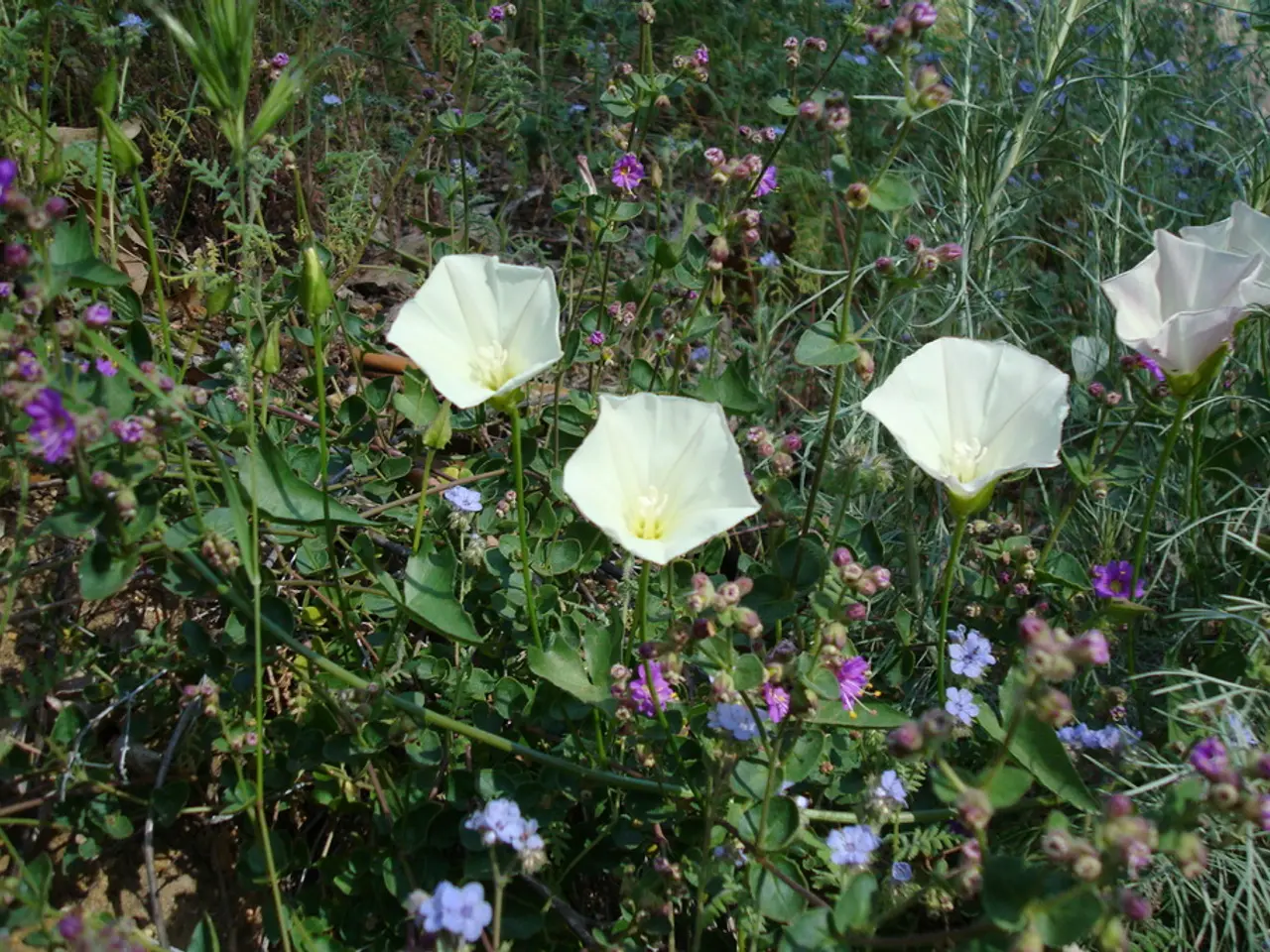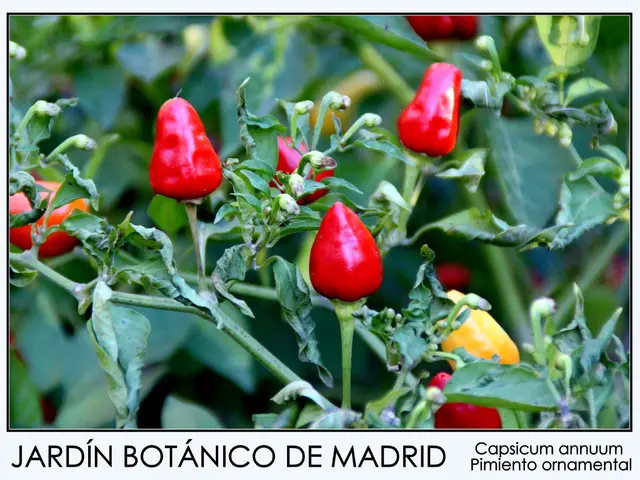Foreigners in dispute: legislation passed on countering invasive vegetation
Invasive Plants Threatening Flora in Russian Regions, Including Sverdlovsk
Invasive plant species are becoming a growing concern for the flora in various regions of Russia, including Sverdlovsk. Common invasive plants that pose a threat to the local ecosystem include Solidago canadensis (Canada goldenrod), Impatiens glandulifera (Himalayan balsam), Lonicera maackii (Amur honeysuckle), and various invasive grasses and shrubs introduced through human activity.
One of the most tenacious invasive plants in the region is the giant hogweed, which has been discovered on agricultural lands in Beryozovsky and Nev'yansky municipal districts, and its prevalence is reported in other areas. This plant is known for its ability to displace other vegetation and even weeds, depriving animals of food.
Giant hogweed blooms in mid-summer for about a month and a half, and its seeds ripen by the beginning of autumn. Each plant can produce from 15,000 to 70,000 seeds, which remain viable in the soil for up to ten years. This makes eradicating the plant a significant challenge.
Fighting giant hogweed is recommended through a combination of measures, including digging out the plant by its root, regularly mowing it, and using herbicides. Landowners are generally required to remove or control invasive plants on their property to prevent the spread of these species. Compliance with regional or federal environmental regulations targeting invasive species management is also essential.
In some cases, landowners may be required to coordinate with local environmental agencies for monitoring and eradication programs, and in others, reporting new invasive populations to authorities is mandated. However, the specific policies and invasive species affecting the Sverdlovsk region are not detailed in the search results, so it's recommended to consult official regional environmental or forestry resources from Sverdlovsk or Russian federal nature protection agencies for comprehensive lists and legal obligations.
Other invasive plants, such as Rose-of-Sharon and horse nettle, are also causing concern. For example, horse nettle can almost kill nearby plants by wrapping its vines around them. Lyudmila Starostina, an experienced gardener, had to remove horse nettle from her garden to save a plum tree.
Giant hogweed is taking over abandoned plots and common lands in gardening associations, posing a threat not only to the local flora but also to fauna and humans. People can suffer from giant hogweed through severe, difficult-to-heal burns when its essential oils come into contact with the skin, allergic reactions, and shortness of breath when inhaled.
Regional authorities have the right to include other invasive species in the list and to establish penalties for landowners who allow weeds to take over their plots. It's essential for everyone to be aware of the invasive plants in their region and take steps to control them to protect the local ecosystem.
- The threat posed by invasive plant species, such as giant hogweed, to the health-and-wellness of animals and humans in the Russian regions, like Sverdlovsk, should not be overlooked, considering their ability to cause severe burns, allergic reactions, and shortness of breath.
- In the fight against invasive plants, environmental-science plays a crucial role, especially in the management of climate change, as their spread is often facilitated by changing weather patterns. For instance, monitoring and eradicating invasive species like horse nettle can help preserve ecosystems and promote fitness-and-exercise, such as gardening, safely.
- With the increasing concern over invasive plant species like Solidago canadensis, Impatiens glandulifera, Lonicera maackii, and various invasive grasses and shrubs, it is essential that landowners and regional authorities work together in science and health-and-wellness initiatives to address not only the threat to the local flora but also climate change and the wellbeing of the region's fauna and human populations.





